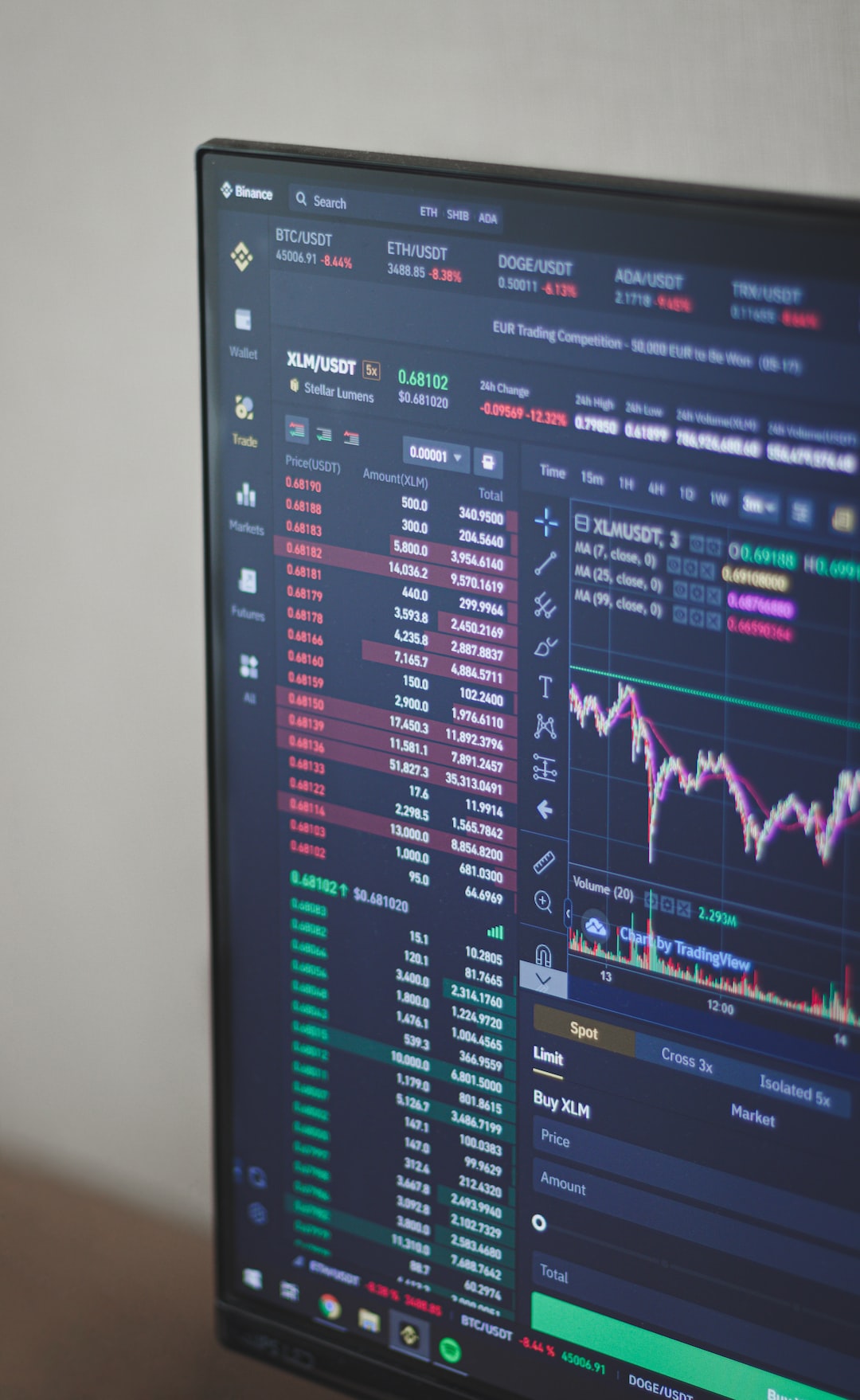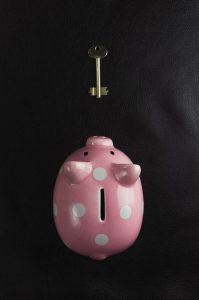When it comes to forex trading, there are numerous indicators that traders use to make informed trading decisions. One of these indicators is the Exponential Moving Average (EMA), which is a commonly used technical analysis tool in forex trading. The EMA is a line that shows the average price of a currency pair over a specific period, with more emphasis given to recent price data. In this article, we will look at the settings to use for the EMA in forex trading.
The EMA is a popular indicator because it is versatile and can be used in different timeframes, from short-term trading to long-term investment. The EMA is calculated by taking the average price of a currency pair over a specified period, with more weight given to recent price data. The EMA is then plotted on a chart as a line, which can be used to identify trends, support and resistance levels, and potential entry and exit points.
The settings for the EMA in forex trading depend on the trader’s strategy and trading style. The most common settings for the EMA are the 20-period and 50-period EMAs. The 20-period EMA is used for short-term trading, while the 50-period EMA is used for long-term trading. However, traders can adjust the settings based on their preferences and market conditions.
Short-term traders may use the 5-period or 10-period EMA to identify short-term trends and potential entry and exit points. These traders are looking for quick profits and are more focused on price movements in the short term. The 5-period or 10-period EMA can be used in conjunction with other indicators, such as the Relative Strength Index (RSI) or the Moving Average Convergence Divergence (MACD), to confirm trading signals.
Long-term traders, on the other hand, may use the 50-period EMA or higher to identify long-term trends and potential entry and exit points. These traders are more focused on the bigger picture and are looking to hold positions for a longer period. The 50-period EMA can be used as a support or resistance level, with traders looking to buy at the EMA support level and sell at the EMA resistance level.
Another setting for the EMA that traders may use is the crossover strategy. This involves using two EMAs with different periods, such as the 20-period and 50-period EMAs. When the shorter-term EMA crosses above the longer-term EMA, it is considered a bullish signal, and traders may look to buy. Conversely, when the shorter-term EMA crosses below the longer-term EMA, it is considered a bearish signal, and traders may look to sell.
It is important to note that the settings for the EMA should be used in conjunction with other indicators and analysis tools to confirm trading signals. Traders should also consider market conditions, such as volatility and liquidity, when deciding on the settings for the EMA.
In conclusion, the EMA is a versatile indicator that can be used in different timeframes and trading styles. The settings for the EMA depend on the trader’s strategy and preferences, but the most common settings are the 20-period and 50-period EMAs. Traders can also use the crossover strategy with two EMAs of different periods to identify potential entry and exit points. However, traders should use the EMA in conjunction with other indicators and analysis tools to confirm trading signals and consider market conditions when deciding on the settings for the EMA.






